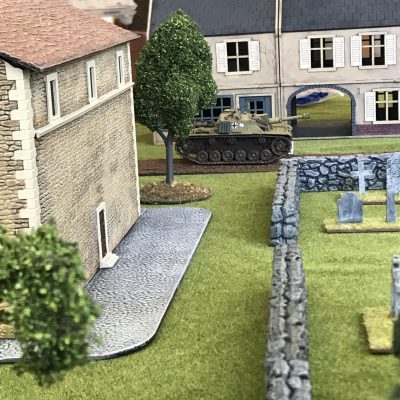Painting World War Two Italian Camouflage
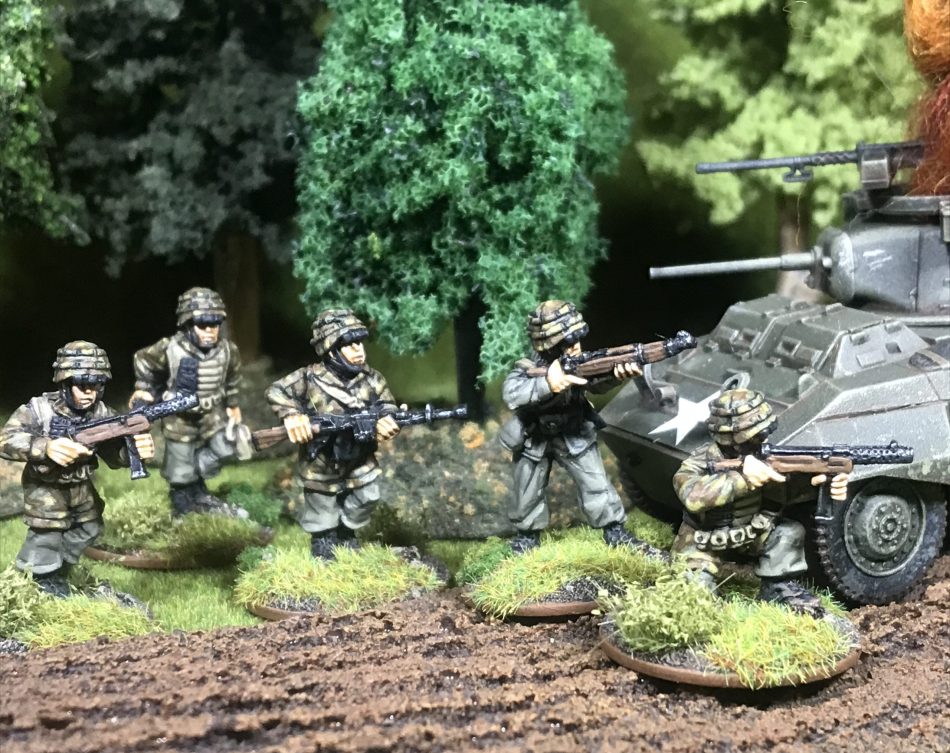
By Kreighton Long
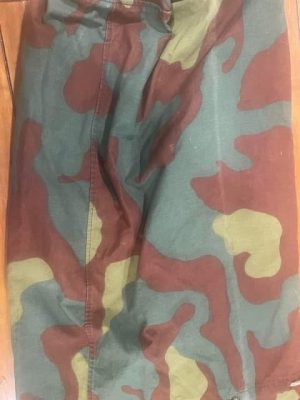
The Italian Army, or Regio Esercito, was the first military in the world to mass-produce camouflage equipment for their soldiers. The M1929 telo mimetico was utilized by Italian soldiers and paratroopers as well as by Italy’s German ally during the course of World War Two.
For my Italian paratrooper army project I knew I needed to commit hard to the camouflage pattern and after a few trial runs incorporating feedback I reached a scheme that was close to accurate while still being doable.

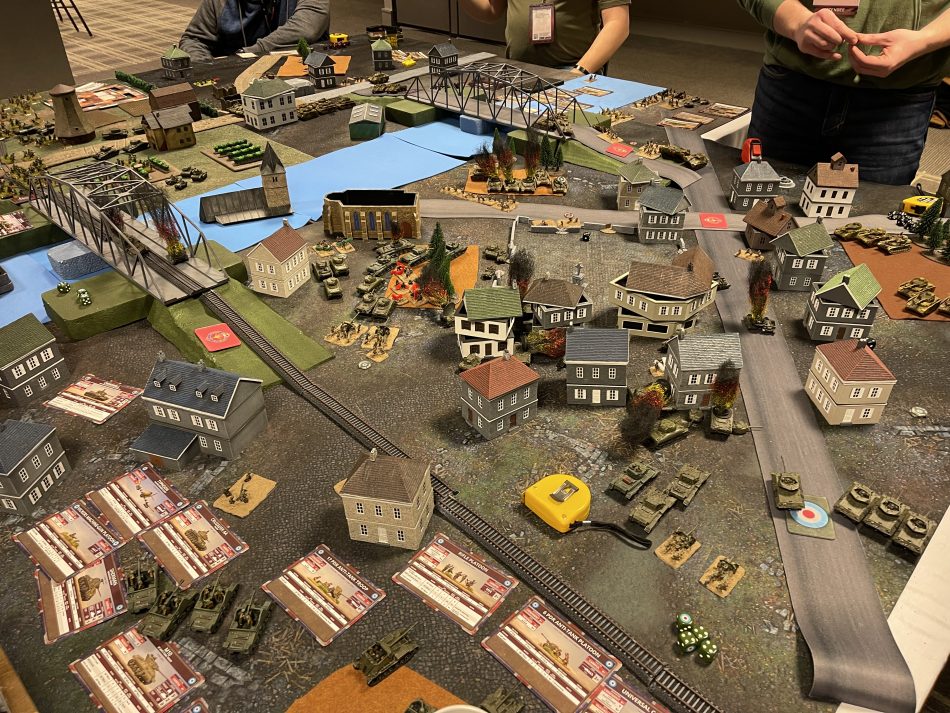
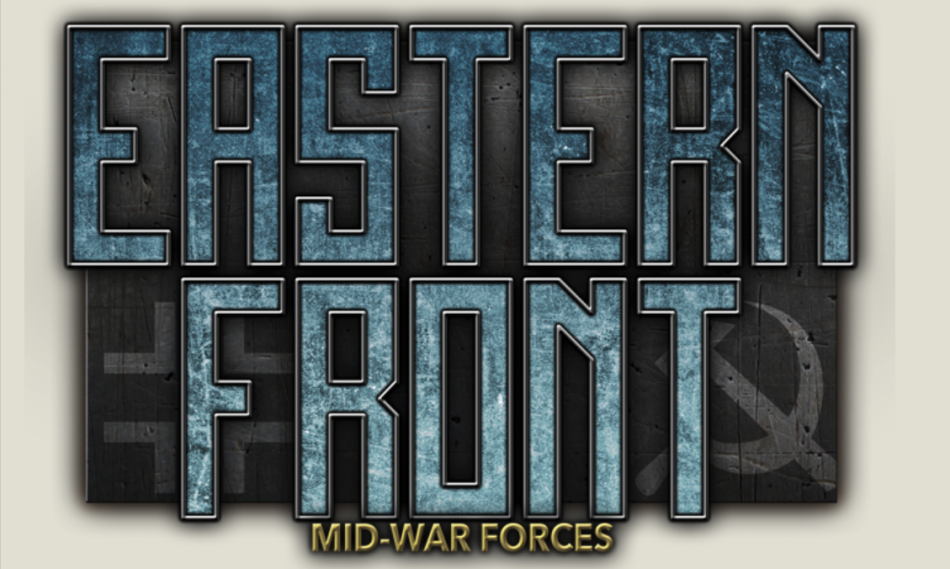
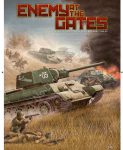

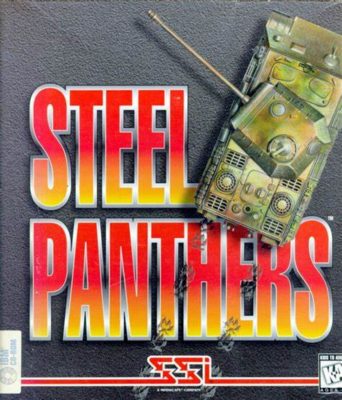 By Patrick S. Baker
By Patrick S. Baker
